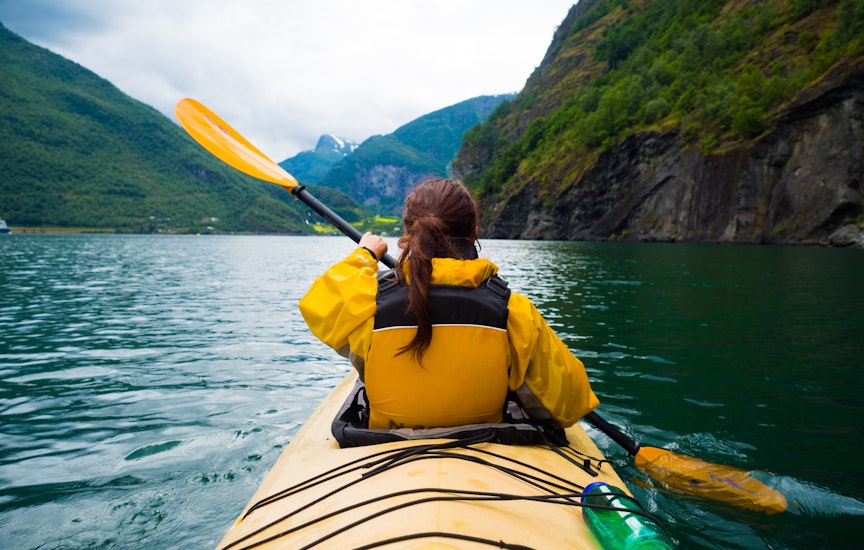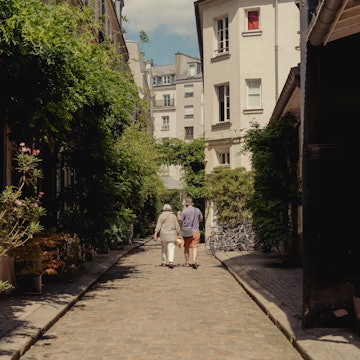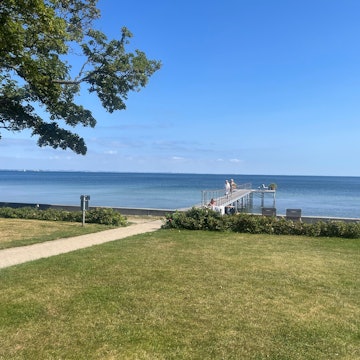

Buildings along the Nidelva River, Trondheim, Norway. Aziz Nasuti/500px
Set beside a broad fjord around 400km (249 miles) north of Oslo, picturesque Trondheim is a highlight of any trip to Norway.
In the country’s historical capital – today, Norway's third-largest city – colorfully painted wooden wharves line the Nidelva River as it meanders out to the yawning Trondheimsfjord. The spire of the sculpture-heavy Gothic cathedral rises dramatically against the city’s pleasingly low profile. Indeed, many buildings in Trondheim have a grandeur that hints at an affluent past whose story is avidly related in its many museums and galleries.
Yet this storied city maintains a youthful vibe, courtesy of its stylish cafes and bars, cutting-edge cuisine and forward-thinking arts venues. A huge student presence helps, too – almost a fifth of the city’s population is enrolled at its highly regarded universities. It's a place that charms, but doesn't try too hard.
Above all, this city is simply a pleasure to wander or cycle around, whether you weave through quaint neighborhoods with cobblestone streets and quirky shops, or follow the river on a sunny summer’s day.
Get started with our list of the best things to do in Trondheim, Norway.
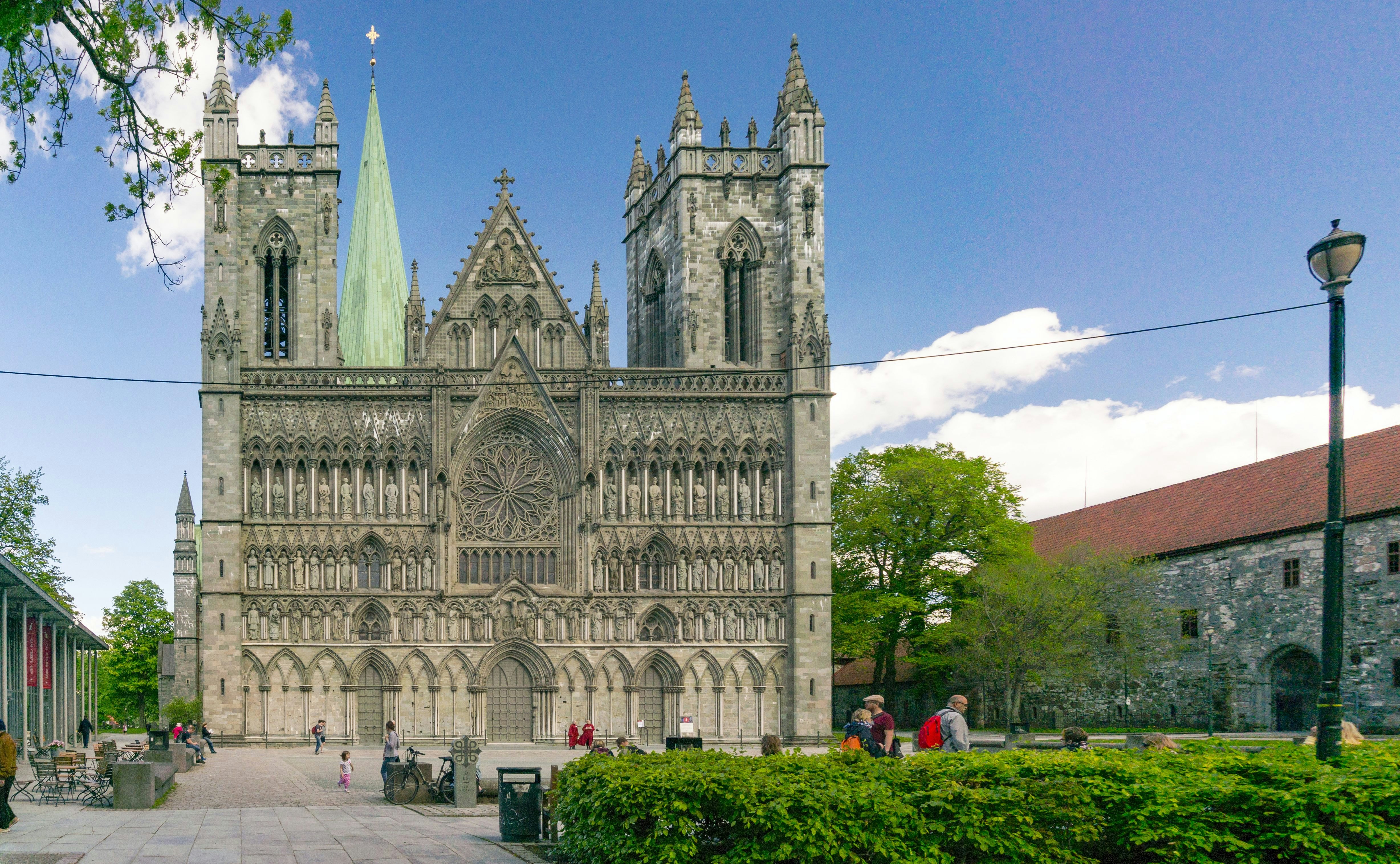
1. Consider Norwegian history at Trondheim’s ecclesiastical landmarks
In 1035 CE, a humble wooden chapel was built in the city then known as Nidaros, on the burial site of St Olav, the martyr-king who led Norway into Christendom. Almost 1000 years (and several extensions) later, Nidarosdomen stands as the world’s northernmost Gothic church.
The cathedral's gargantuan west front features 76 sculptures of historical figures and a 10,000-piece stained-glass rose window. Once known as the “dark cathedral,” Nidarosdomen has a Gothic interior that is today accented by an award-winning lighting system, installed in 2020. In summer, you can climb the tower’s 176 narrow steps to see Trondheim from a unique vantage point.
Adjacent to the Nidarosdomen is the 12th-century Erkebispegården, the 12th-century residence of Trondheim's archbishop. Here, the Archbishop’s Palace Museum houses finds unearthed during excavations in the 1990s, including original sculptures from Nidarosdomen, eroded by time, weather and fire.
Created in 1818 after Norway separated from Denmark, the Riksregaliene (Crown Regalia) is displayed in an atmospherically lit, vaulted cellar space in the palace’s west wing. The collection includes several priceless treasures, including gold crowns burdened by the weight of myriad precious gems, and an astonishing red velvet, ermine-lined embroidered robe.
Local tip: After 132 years, the restoration of Nidarosdomen was officially completed in 2001 – but the cathedral still employs a team of about 60 people in its Restoration Workshop. Around 25 of them are artisans such as stonemasons, blacksmiths and plasterers, who are currently – and very slowly – making casts of all the cathedral’s decorative elements. Don’t miss the fascinating film celebrating these master craftspeople at the Archbishop’s Palace Museum.
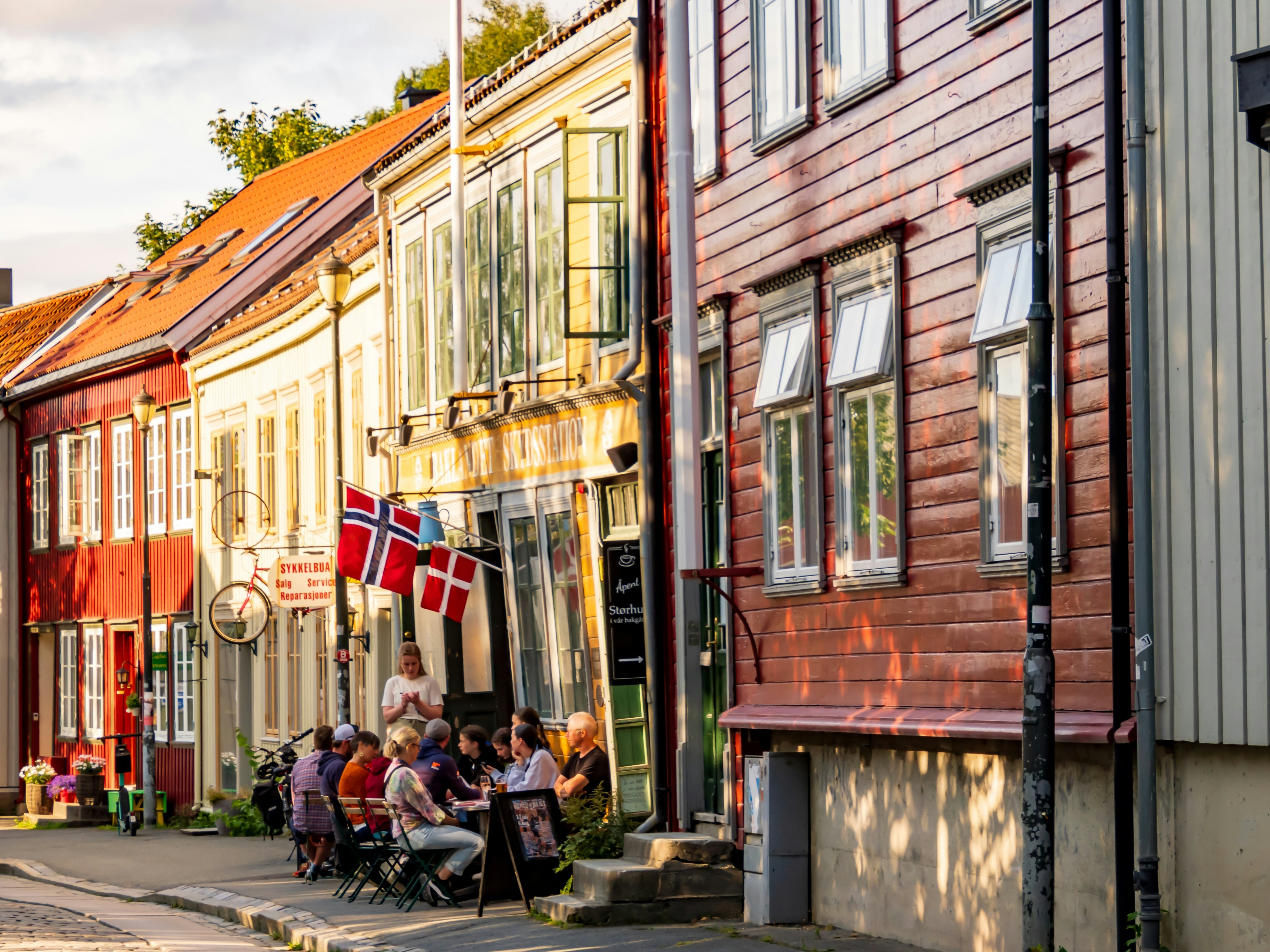
2. Meander through charming Bakklandet
Walking by the pastel-hued wooden buildings on the car-free, cobbled streets of the Bakklandet neighborhood is a highlight of any trip to Trondheim. To get here from Nidarosdomen, take a short walk toward the river and Gamle Bybro, a historic bridge redesigned by Carl Adolf Dahl in 1861. Stroll beneath its red-painted, wrought-iron archways to reach Bakklandet – and snap that iconic Trondheim photo of the brightly painted wharves on either side of the Nidelva.
Once you’re over the bridge, pass the time in the cafes, boutiques and restaurants of this uniquely pretty neighborhood. Highlights include cozy Baklandet Skydsstasjon cafe, and live-music cafe-bar Antikvariatet.
Local tip: For another rewarding photo opportunity, there’s a viewpoint framing the wharves a bit further along from Antikvariatet, on the left.
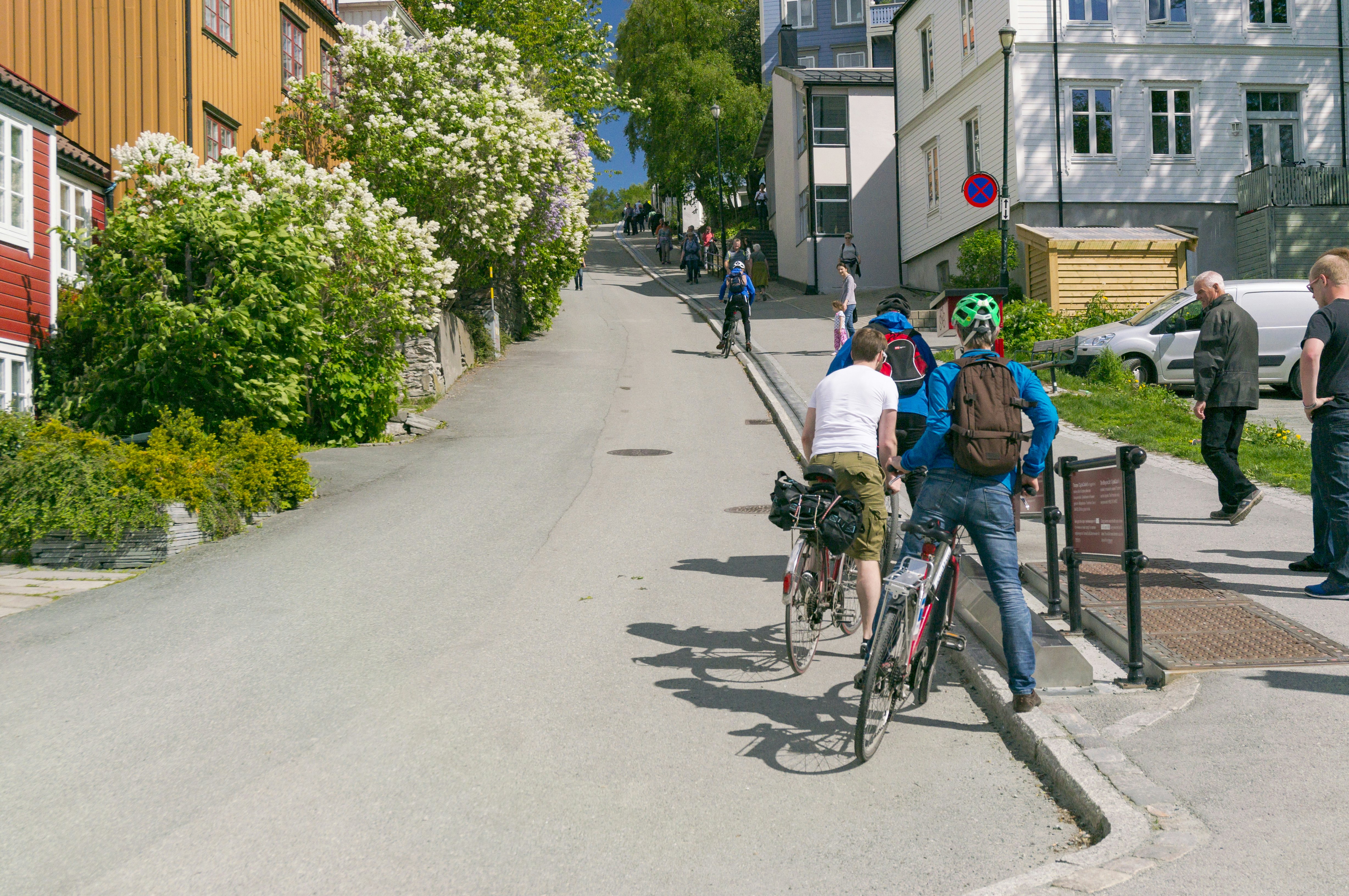
3. Ride the world’s only bicycle lift for great views
Along the edge of Bakklandet, at the foot of Brubakken hill, you can watch steely-nerved locals ascend the hill on the Trampe, said to be the world’s only bicycle lift. Feeling brave? There’s a station for the Trondheim Bysykkel bikeshare scheme right next to it, so you can try it out for yourself.
The free-to-use bike lift carries mounted cyclists up the steep street using a buried cable (like that of a cable car, only underground). If you’re game to try it – and you should – be sure to keep your right foot extended and touching the foot plate clamped to the cable. Your left foot needs to stay on your bicycle’s left pedal. Should you remove your foot and topple over, the mechanism will stop until you’ve remounted.
For unrivaled views over Trondheim, head up Brubakken and follow the road around to the right until you reach Kristiansten Festning. This white 17th-century fortress has a summer-only museum, but the expansive views are free all year round.
Planning tip: As you approach the Kristiansten Festning, look out for the Danish national flag – if it’s flying, the fort is open to the public.
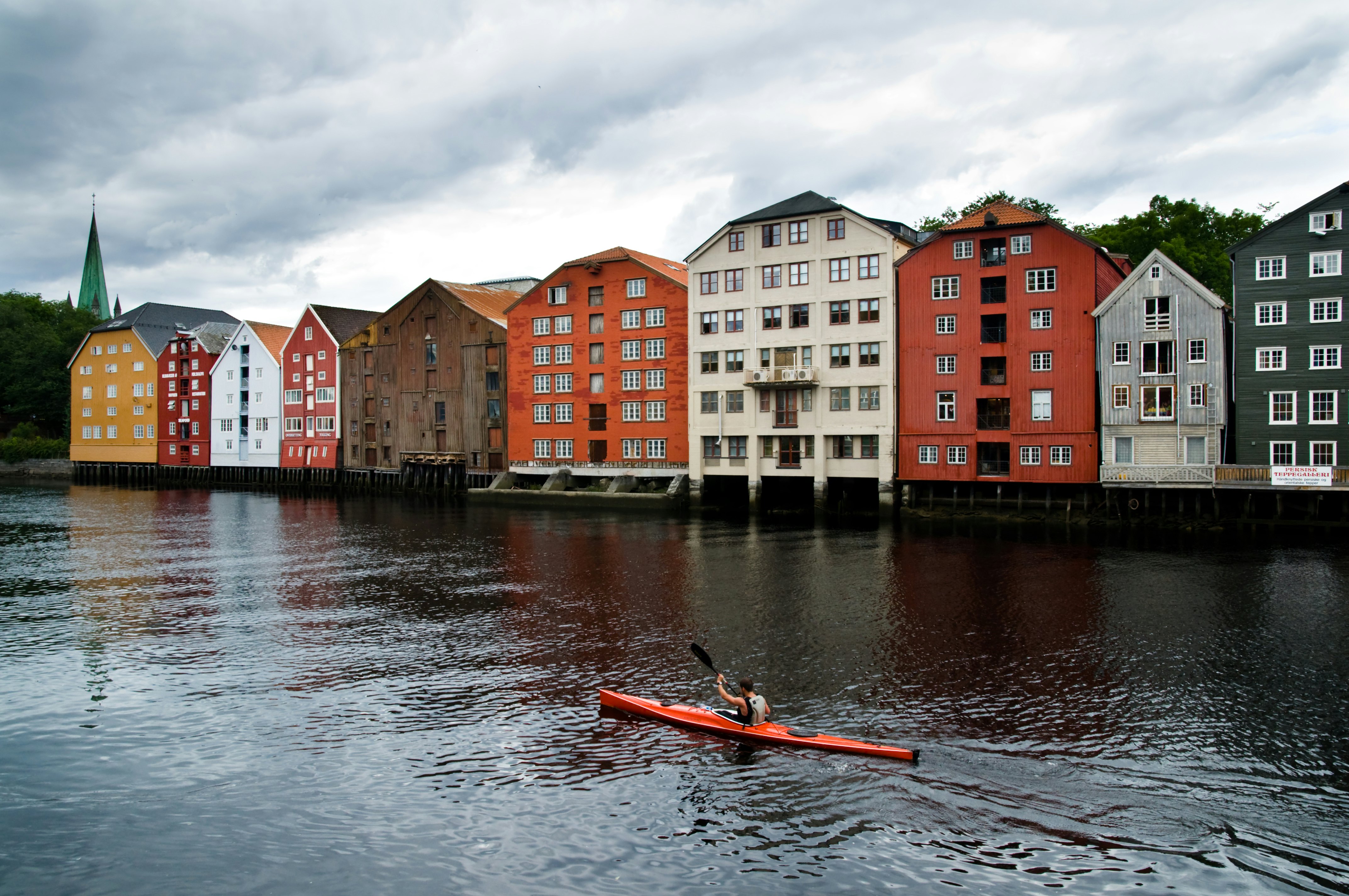
4. Kayak down the Nidelva River
Paddling down Trondheim’s Nidelva River in a kayak gives you a uniquely wonderful view of the city. Depending on the time of year, you might see anglers catching salmon from the river’s banks. As you near the city center, you’ll pass the mighty Nidarosdomen cathedral on the left, as Kristiansten Festning fortress surveys the city from a high point to your right.
The highlight is passing under the Old Town Bridge, and paddling between the brightly painted wharves to the sound of chattering riverside pub-goers on the terrace above. You’ll finish at Skansen Gjestehavn harbor, west of the city center.
Planning tip: Trondheim Kajakk offers a variety of trips, either self-guided or with an instructor; their classic trip takes about two hours. The meeting point is hidden behind some soccer fields – to get here, take bus 1, 2 or 10 from Prinsens gate to Valøyvegen, then walk via Bostadvegen.
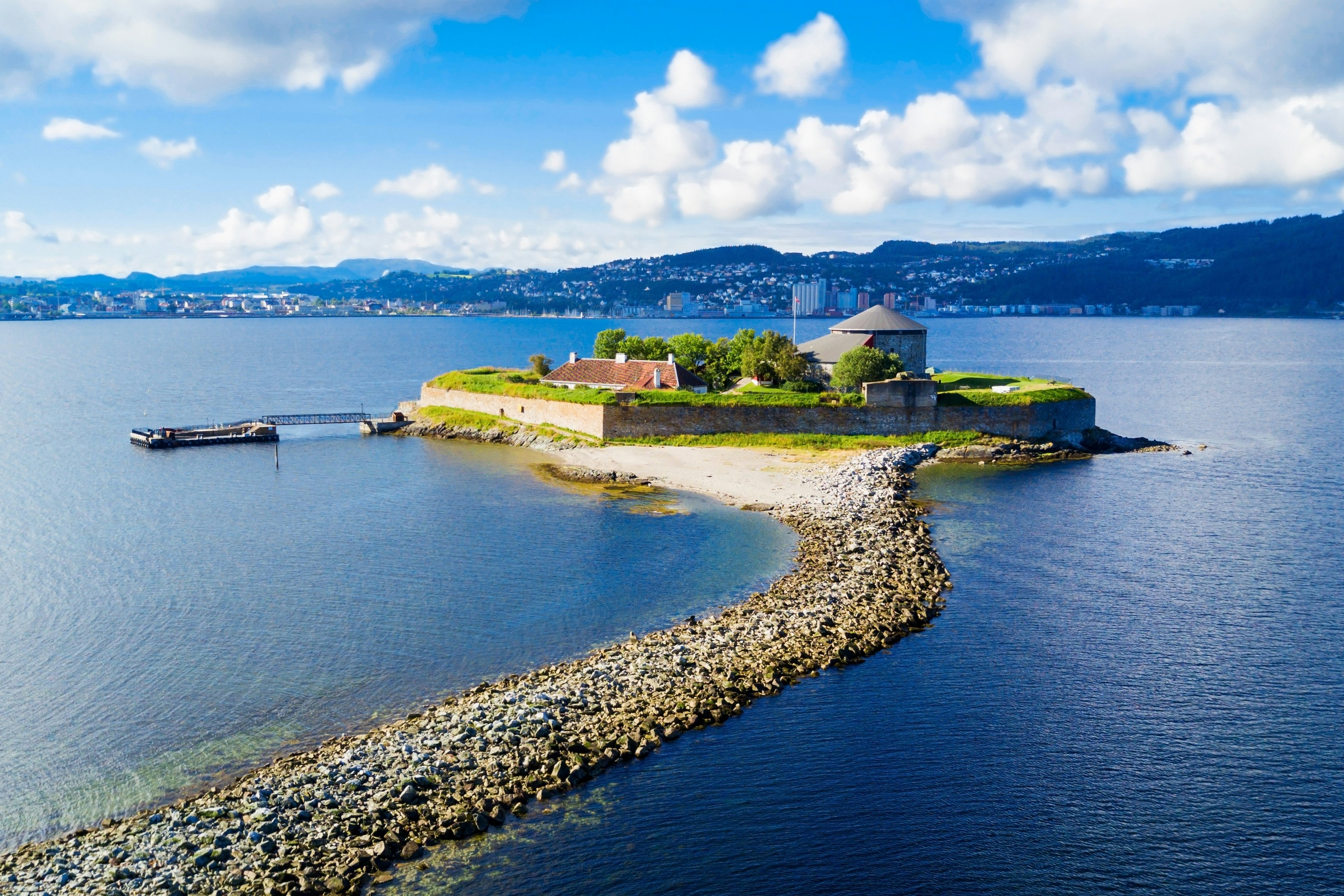
5. Have a picnic next to an island fortress
It’s been a Viking-era execution ground, a Benedictine monastery, a prison and a fortress. Today, you can take a summertime boat trip out to the mysterious little island of Munkholmen, 1.5km (1 mile) from the shore, to wander, swim and while away an afternoon with a picnic.
Join one of the hourly guided tours to hear about Munkholmen’s rich history, enter its dank dungeon and see military installations from the Nazi occupation of Trondheim during WWII. The island's small beach spills out into the fjord, and there’s a large grassy area where you can relax and look back toward the city. If you haven’t brought a picnic, there’s a cafe serving light lunch fare.
Planning tip: Boats from Trondheim to Munkholmen depart from Ravnkloa, at the end of Munkegata, and run between May and September. It’s a 15-minute trip and there's a timetable on the Monkholmen website; buy your ticket from the kiosk.
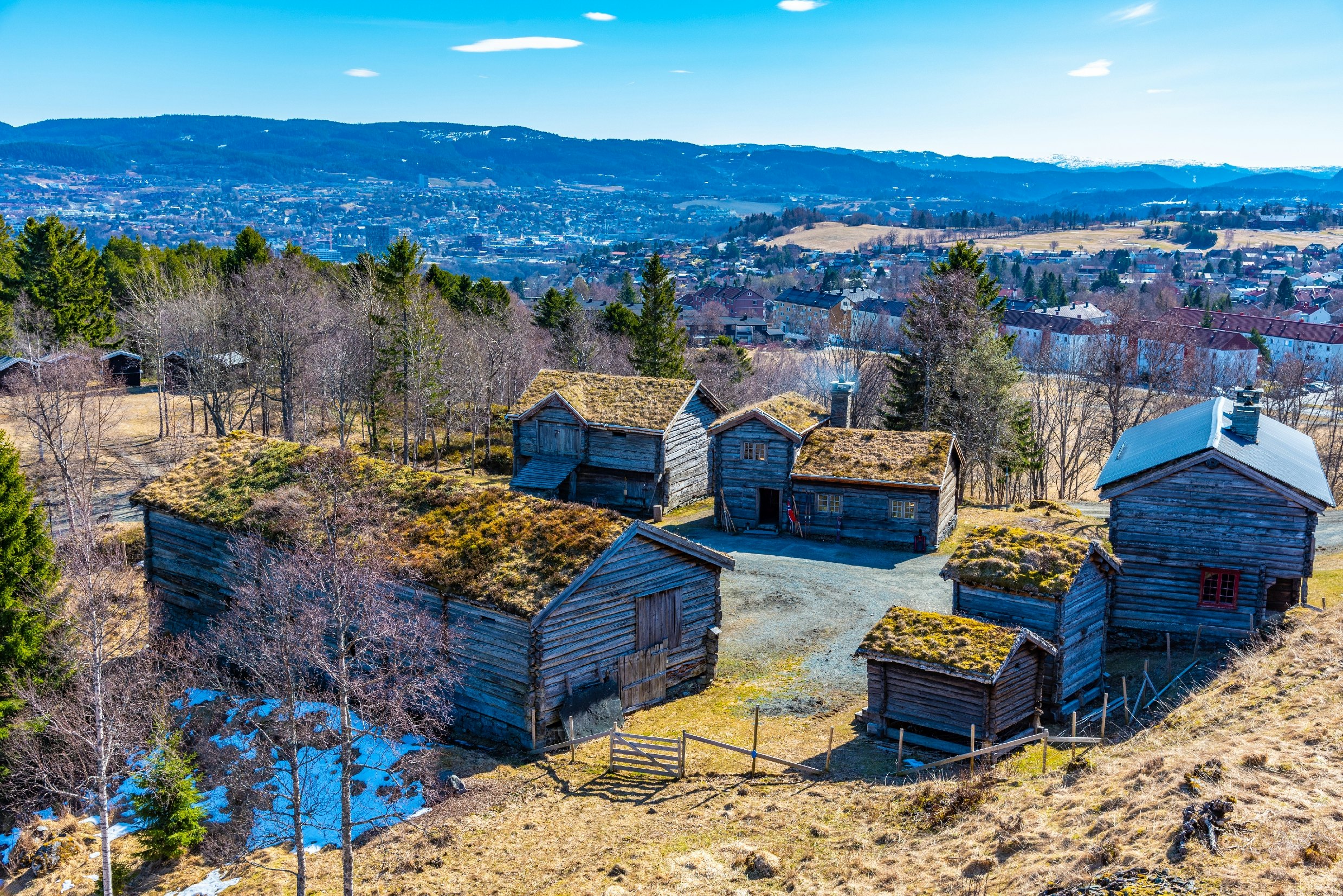
6. Take in folk history at Sverresborg
Set around the ruins of King Sverre’s 12th-century hilltop castle, about 4.6km (3 miles) from the city center, Sverresborg Trøndelag Folkemuseum is, for our money, the best museum of its kind in Norway. The vast Images of Life exhibition tells the story of life in the Trondheim region using displays of toys, clothes and vintage vehicles.
Outside, you can peek into buildings transported here from across the Trøndelag region, from Sámi homes to the windowless Haltdalen Stave Church, dating to 1170. The lively Old Town section – a cluster of historic buildings once located in central Trondheim – includes recreations of shops from past centuries and a toothache-inducing dentist’s office. Ramble up toward the castle ruins for wide views of Trondheim.
Planning tip: To get here, take bus 11 (direction Stavset) from Kongens gate and get off at the Trøndelag Folkemuseum stop.
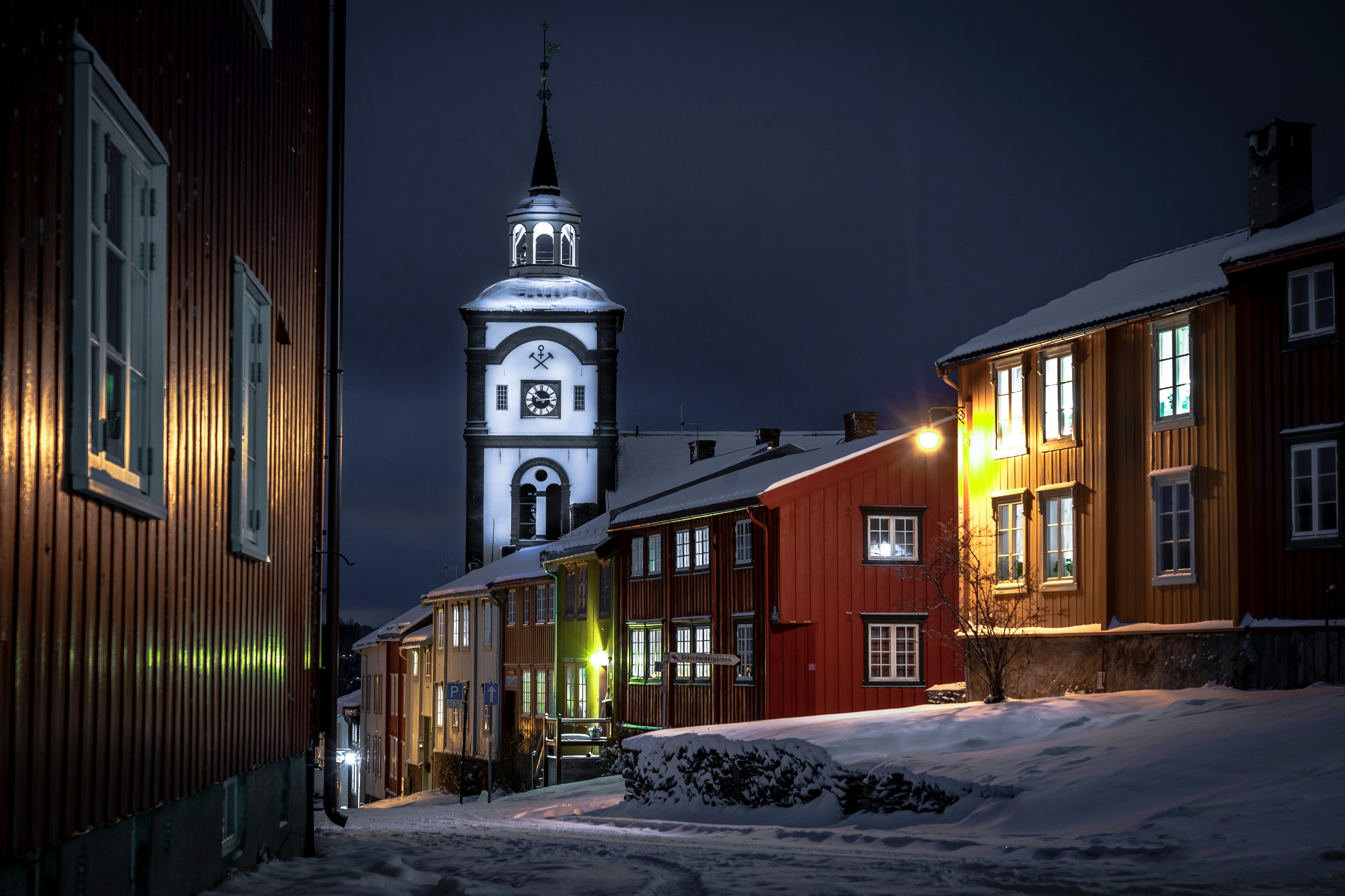
7. Dig into Røros’ copper-mining heritage
Just over two hours by car from Trondheim, Røros stands out for its sheer charm and unique and unusual buildings, which give the town the air of an open-air museum. For over three centuries, this UNESCO World Heritage Site was the epicenter for copper mining in Norway – and the riches generated by the industry were plowed back into the town in the form of attractive wood-clad homes and an incongruously large church.
You won’t have to stroll far before you begin to understand Røros’ appeal. Its pretty buildings stand in sharp relief against the protected slag heap (Slegghaugan) of the former copper works. Start at the top of Mørkstugata, where you’ll see Hyttklokka, the shift clock, whose bell once pealed to signal the start and end of the work day at the smeltery.
Head over the road and across the open area known as Malmplassen (Ore Place) to Smelthytta, a cavernous museum set in a former copper-smelting works, where displays bring the 333-year-long history of mining in the town to life. Animated scale models and live demonstrations illustrate the arduous mining and smelting processes in detail.
A track running between the river and the slag heap will lead you to Sleggveien (Slag Rd), a short lane of turf-roofed miners’ cottages that makes for an intriguing wander even on days when the houses aren’t open to visitors.
The 50m-high (164ft) white-and-black tower of Røros Kirke – also known as Bergstadens Ziir (“Mountain Church”) – stands tall as a symbol of the town’s prosperity in the 18th century. Completed in 1784, the church is open for a few hours each Saturday, when you can see its white and powder-blue interior. The mining company’s logo features on the royal box, making it one of the few churches in the country to advertise its sponsor.
Planning tip: Travel to Røros in late February and you can join up to 70,000 others for five days of trade, good food, storytelling, folk dancing and hearty revelry. The Rørosmartnan winter market has taken place since 1854, following a royal decree by King Oscar I.
From the second-to-last Tuesday in February until the following Saturday, more than 200 stallholders line Kjerkgata, Mørkstugata and the surrounding streets. Some revelers still arrive from far and wide by sleigh, just as traders did in the old days.
This article was adapted from Lonely Planet’s Scandinavia guidebook, published in July 2025.





